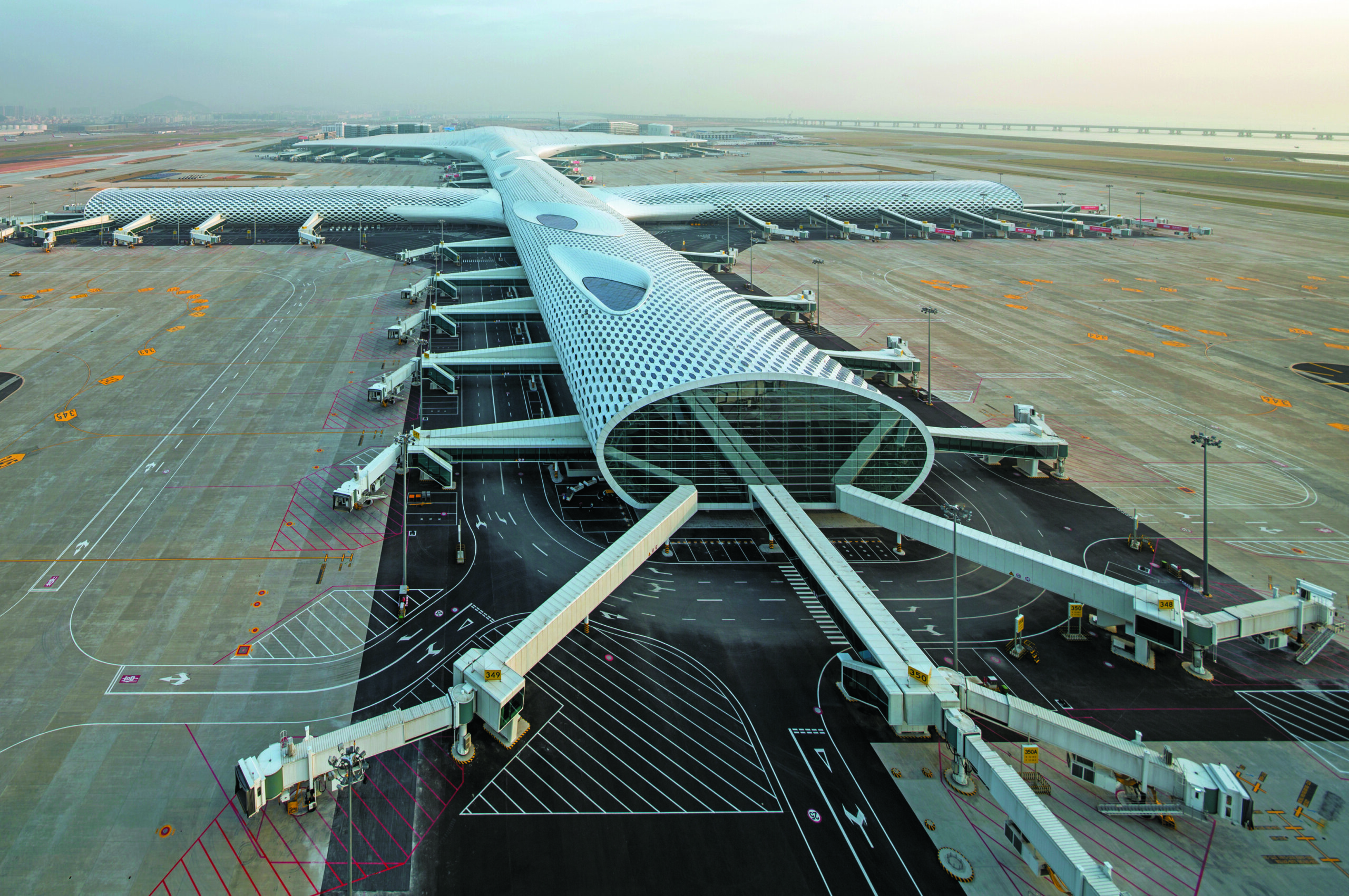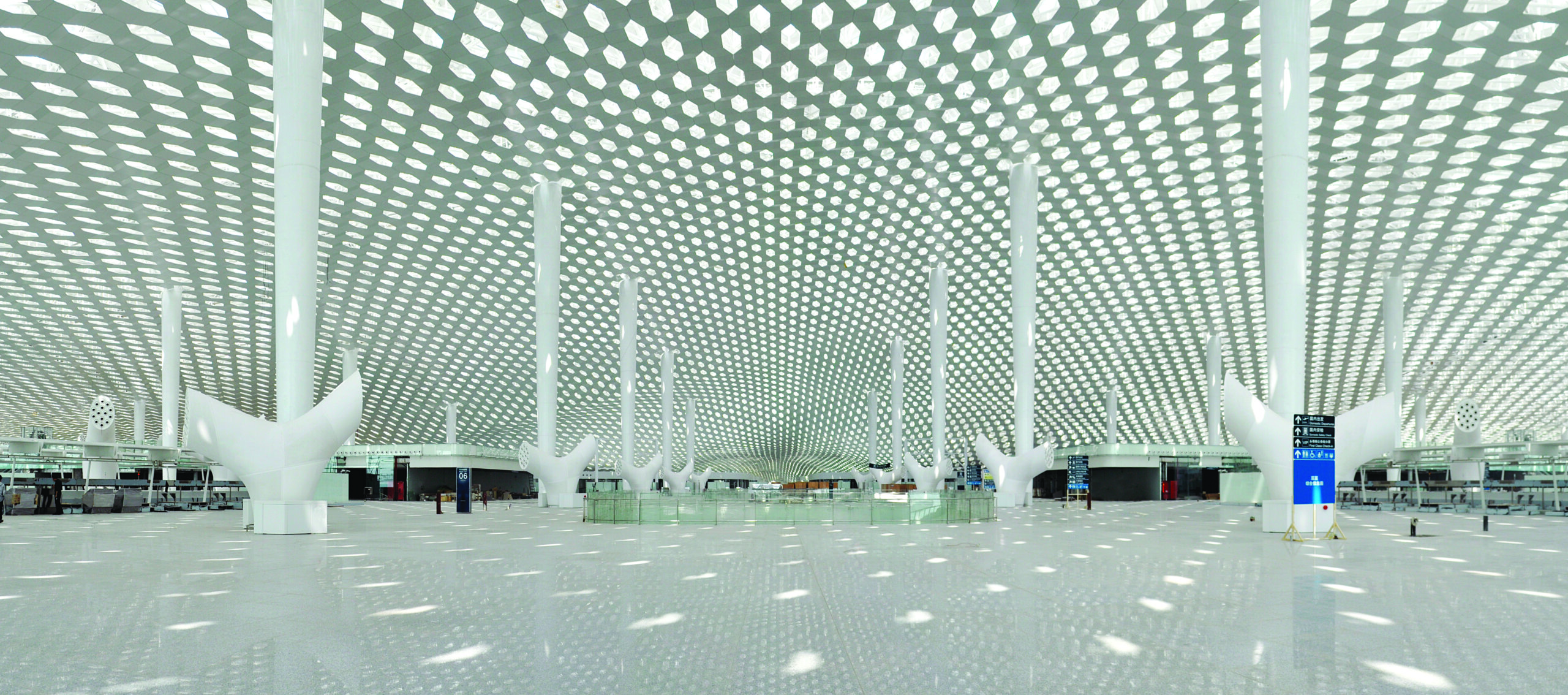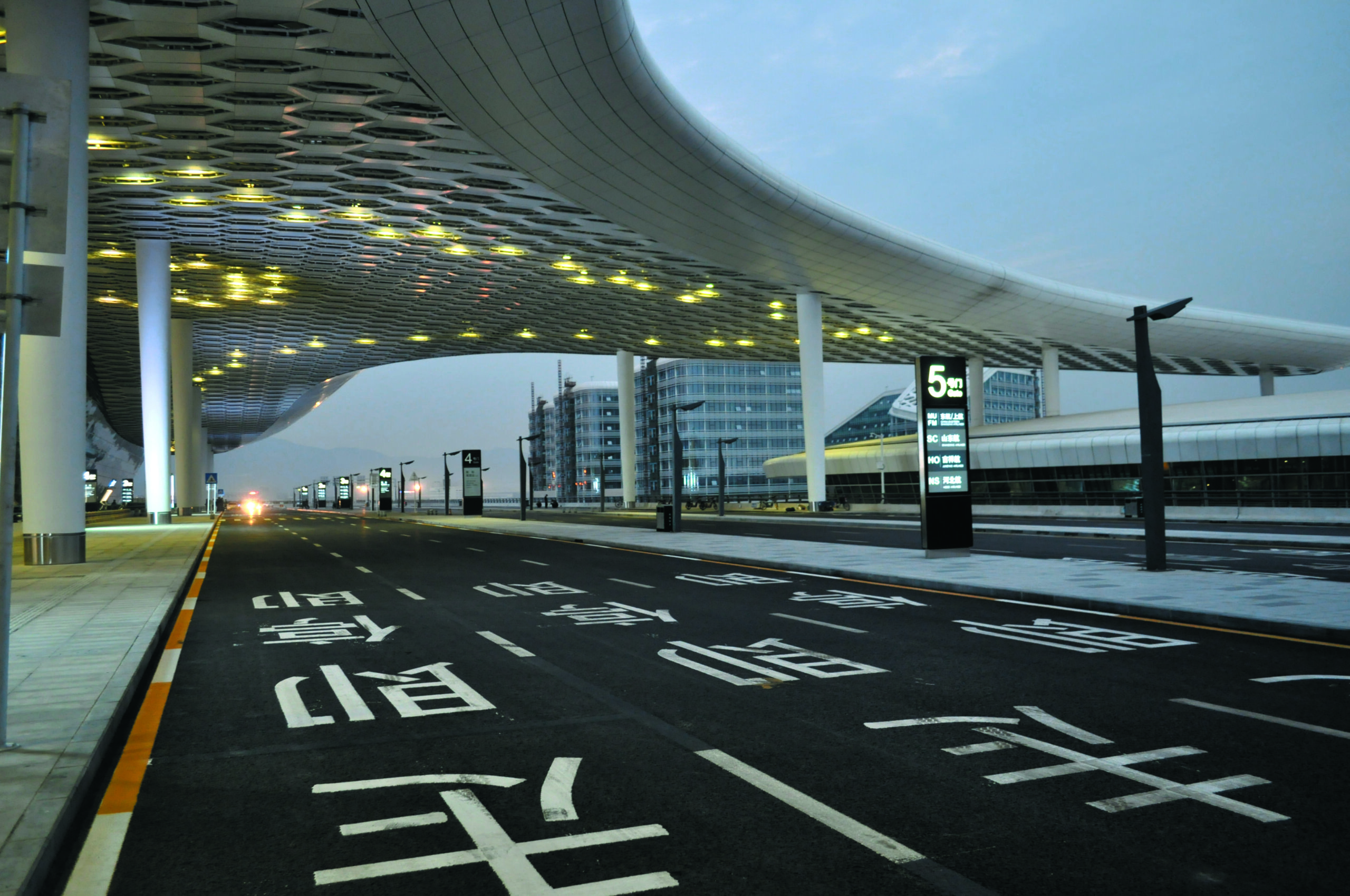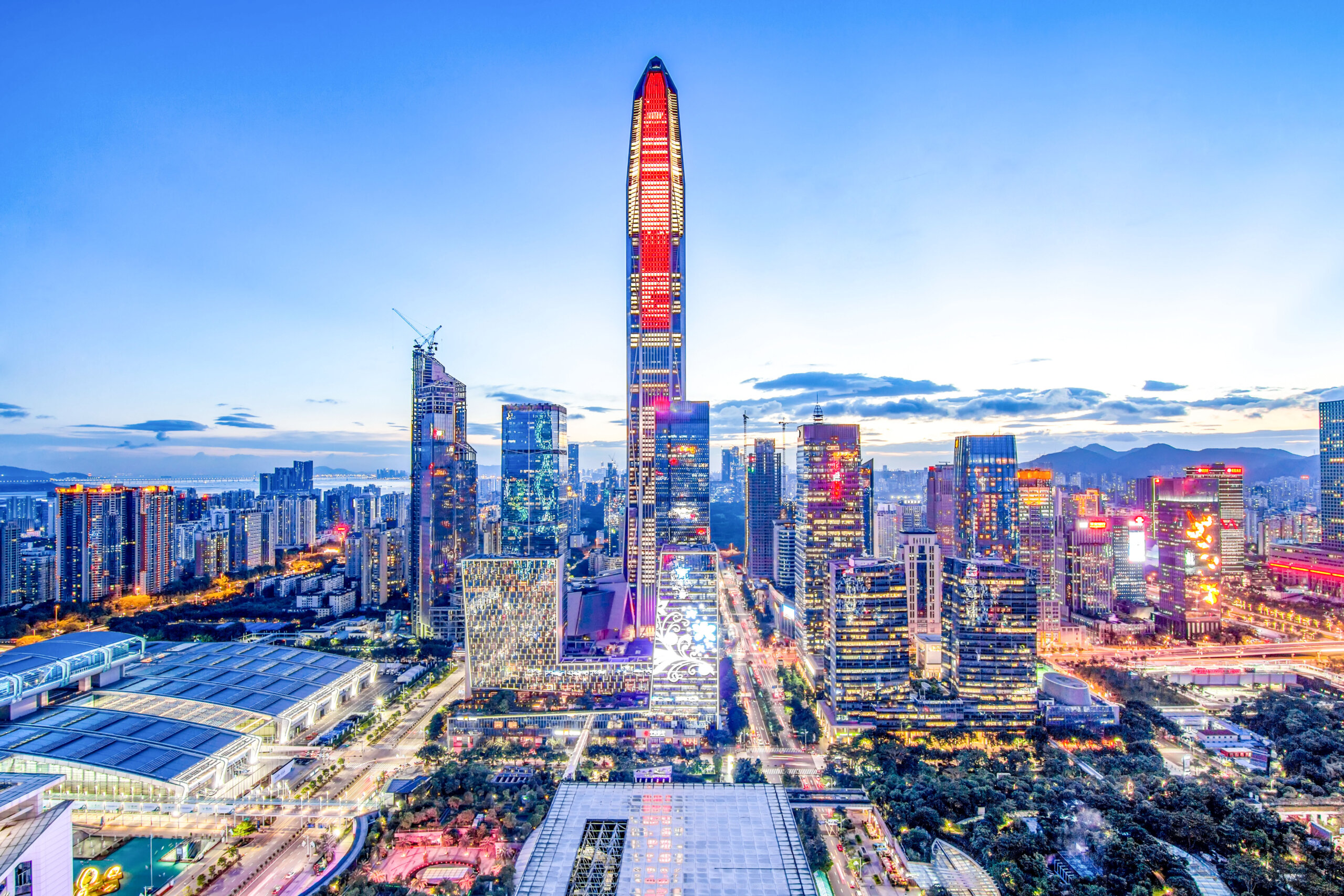Design tourism / Published on March 16, 2021
Share to
 By Claude Bérubé, Honorary Member of the Association professionnelle des designers d’intérieurs du Québec (APDIQ) and President of Asia Pacific Center (APDC), Shanghai, China and published in INTÉRIEURS 66, SPRING-SUMMER 2015. Updated in blue by Juli Pisano, in 2021 for INT.design.
By Claude Bérubé, Honorary Member of the Association professionnelle des designers d’intérieurs du Québec (APDIQ) and President of Asia Pacific Center (APDC), Shanghai, China and published in INTÉRIEURS 66, SPRING-SUMMER 2015. Updated in blue by Juli Pisano, in 2021 for INT.design.
THE AGE OF “AIRPORTS” HAS COME
THE BAO’AN INTERNATIONAL SHENZHEN AIRPORT, CHINA, 2013. DESIGN BY FURKAS STUDIO, ROME, ITALY.

[The age of cathedrals has come
The world has entered
A new millennium
Man wanted to reach the stars
To write his story…]
— Luc Plamondon
«Le temps des cathédrales», Notre-Dame
de Paris.
Without wanting to parody Luc Plamondon’s song in Notre-Dame de Paris, it’s probably fair to say that the world has entered a new millennium, though it is no longer the age of cathedrals. humans continue to want to reach the stars; only their point of takeoff has changed.
Prior to the COVID pandemic, many of us spent a good part of our lives in the major airports of the world. Let’s choose to believe one day, we’ll all be travelling freely again, stamping our passports from East to West!
 © Archivio
© Archivio
Whether looking at Haneda in Tokyo, Incheon in Seoul, or Changi in Singapore, one can only wonder if the airport has now become the signature of leading architects where once the cathedral stood as testament to the talent of the great designers of yesterday.
Perhaps the airport has evolved into the cathedral of present-day architecture. The thought occurred to me when I was visiting the half-million-square-metre Shenzhen airport terminal in China.
What a sublime introduction to this UNESCO city of design where architecture, design and the arts are everywhere. Nothing to envy to its neighbour, Hong Kong, which offers a different type of show.
 © Archivio
© Archivio
 © Archivio
© Archivio
Created by Italian architect Massimiliano Fuksas and his designer wife and partner, Doriana Fuksas, the Shenzhen Airport is the first airport in China to operate a 10-megawatt solar power plant, which cranks out enough power to support 10,000 USA households per month.
 Portraits of Massimiliano & Doriana Fuksas by Gianmarco Chieregato.
Portraits of Massimiliano & Doriana Fuksas by Gianmarco Chieregato.
It’s interesting to see that the architect integrated a Soviet aviation museum and another about Britain’s ‘colonialist invasion’ and the Opium Wars into the plans. People who travel a lot will appreciate being able to spend an otherwise dreary layover visiting a museum on site.
Surprisingly, Fuksas’s Rome-based firm was chosen from among other better known competitors and, even more remarkable, the architect had never designed an airport before Shenzhen.
 © Archivio
© Archivio
The terminal’s dreamlike steel-and-glass honeycomb structure is shaped to resemble a manta ray, the largest species of ray in the world that can reach up to 9 metres wide.
Mirroring the City
Shenzhen Airport can accommodate as many passengers as the Hong Kong, Amsterdam or John F. Kennedy airports, and certainly many more than the one in Dubai.
Besides being a UNESCO City of design, this city of 11 million inhabitants is also a Chinese, and probably worldwide, high-tech hub that generates significant activity.
Everything about the Bao’an International Airport Shenzhen terminal is grandiose, including the cost of its construction, which is reported to have totalled uS $1.4 billion, and its expected influx of 45 million visitors per year.
 © Shenzen city – Shutterstock
© Shenzen city – Shutterstock

